With my employer giving us a very generous two week break from work over the Christmas and New Year period, amidst all of the hustle and bustle that the festive season entails, I couldn’t not take the opportunity to go on a short trip to another spot on my European bucket list. This time I chose Berlin, Germany’s capital city. Regular readers will know that I have a deep interest in the Cold War and twentieth-century European history, specifically that involving the Soviet Union, and so Berlin, the site of a physical manifestation of the “Iron Curtain” which divided West and Eastern Europe throughout the second half of the century, has always been somewhere that I was keen to visit.
A quick history lesson for anyone who isn’t too sure what I’m talking about. After the end of the Second World War and the defeat of Hitler in 1945, Germany was obviously in a mess. The Allied powers – Britain, the USA, Russia and France – decided that the country could not govern itself, and divided it up between them; the UK, the US and France looking after the Western part, and the Soviet Union taking over the East. Berlin (situated in East Germany) was also divided into West and East, the eastern part remaining the capital city in the new Russian controlled Deutsche Demokratische Republik (DDR or GDR – German Democratic Republic), whilst Bonn was designated the capital of West Germany. At first the borders were open, but as tensions arose between the Soviet Union and the Western powers with their conflicting ideologies, and huge numbers of people were leaving communist life in the DDR for West Germany, particularly in Berlin, the DDR authorities decided in 1961 to build a wall, dividing Berlin into West and East, cutting off West Berlin entirely, and ending free movement. The Berlin Wall – initially lines of barbed wire – went up literally overnight one day in August, cutting family members off from each other instantly. It remained in place until thawing relations and pressure from the people of both Germanies and the rest of Europe and the world forced it down in 1989.

I found that Berlin was not a place which shies away from its history, and this was evident in this aspect of its recent past too, with plenty of opportunities to learn about the divided city. With only two and half days to play with, I made the Berlin Wall and life in the DDR the focus of my explorations. Here are the places that I visited to learn about what it was like to live in Berlin during this time.
Checkpoint Charlie
Possibly the most well-known Cold War site in Berlin, Checkpoint Charlie, the US checkpoint which allowed Allied Forces and foreigners to cross the Wall, has itself become a bit of a tourist gimmick – when I arrived at about 4pm, it was absolutely packed with people posing for photos (apparently sometimes actors dressed up as border guards are there to pose along with you!). Friedrichstraße, the street on which it is situated, is now a busy main road, lined with shops and restaurants (and a McDonalds right next to the checkpoint, which I found quite ironic!), so between the hordes of tourists and the buses, bikes and cars trying not to run them over, it can get quite chaotic! I went back first thing in the morning and, while there were still people about, it was a lot quieter, and easier to imagine how it would have been back when it was in action. Even if the actual checkpoint isn’t much to see in itself, the Museum Haus am Checkpoint Charlie (the Checkpoint Charlie Museum) next to it is well worth the entry fee and an hour or two of your time; it highlights many of the escape attempts from the GDR through the Wall into West Berlin, both successful and unsuccessful, and visitors actually get to see some of the equipment involved – cars where people tucked themselves into tiny spaces under customised seats, homemade gliders, one-person submarines and a hot-air balloon, to give just a few examples.
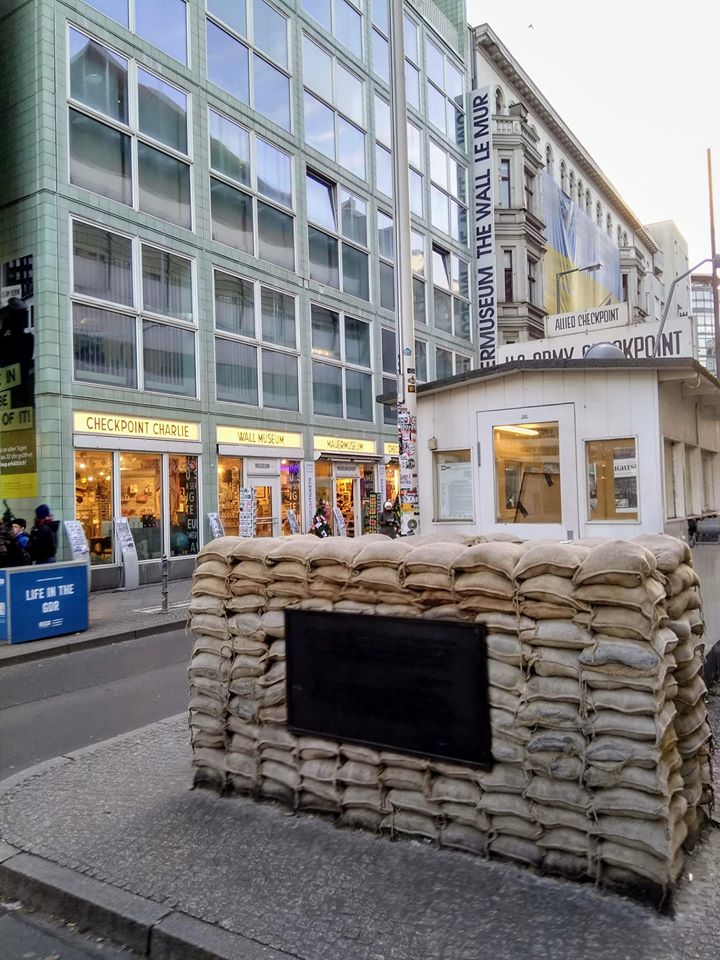
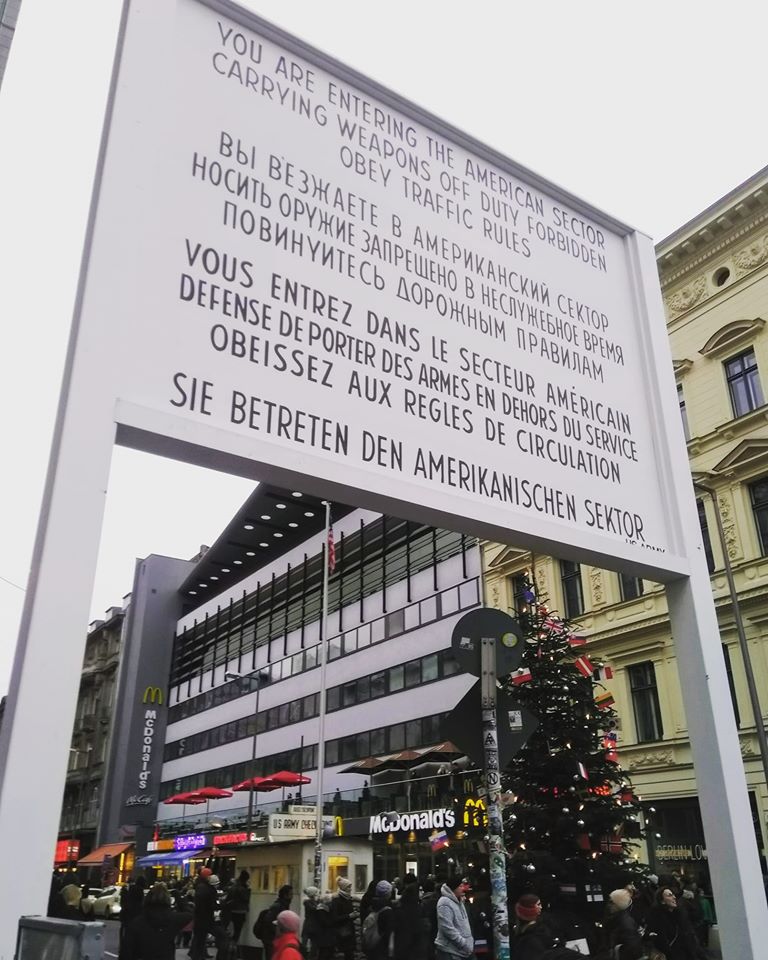
East Side Gallery
When the Wall came down in 1989, some artists requested that they be allowed to use the East-facing side of one section along the River Spree as a mural space. Today this is the East Side Gallery; with just over 1.3 kilometres of concrete slabs of the Wall covered in art, this is allegedly the largest outdoor art gallery in the world, featuring pieces which celebrate freedom, call for peace, and remember the lives lost and the trauma endured by the city during the twenty-eight years that the Wall divided Berlin. The artists return every few years to touch up their work, so it remains vibrant and fresh. With the original pieces of the Wall still standing here, the East Side Gallery also gives visitors some sense of how impenetrable this final iteration of it was, and how it really cut the city in two. The East Side Gallery is simply out there on the road so it’s open 24 hours a day and free to visit; it does get very busy very quickly, so I’d suggest going first thing in the morning, especially if you’d like to get some photos without people in them!



Also located here is the Wall Museum, which does have an entrance fee but is definitely worth it; it contains stories and artifacts of life in East Berlin, escape attempts over the Wall, and what happened when it fell.
The Berlin Wall Memorial at Bernauer Straße
Instead of my usual free walking tour, this time I decided to take a paid-for, subject-specific walking tour – the Communist Berlin and Berlin Wall Tour from Sandemans New Tours. Despite the freezing temperatures on the day that I chose to do this, it was an engaging and enlightening few hours with a very knowledgeable and enthusiastic guide. We spent a fair bit of time out at this section of the wall on Bernauer Straße. Much of it is covered in modern-day graffiti and has been patched over (there was a big business in selling chunks of the Berlin Wall, so it was well chipped away at after 1989!), but there are still some parts where the steel reinforcements are visible and again, like at the East Side Gallery, you still get a sense of its size and sturdiness. Here you can also see the remains of how by the 1980s there were actually two walls running along the divide, with the so-called “death strip” in the middle; lit by heavy lamps at night (which are still there today), patrolled by border guards with shoot-to-kill orders, and featuring concrete trenches and a sandy pit containing “Stalin’s Lawn” – a layer of spikes hidden underneath the sand, all of which was of course designed to deter escape attempts.


This didn’t stop desperate people trying to get out of East Berlin to the West though, and here you can also learn about the escape tunnels which were dug underneath this section of the Wall, the route of which are marked out by paving stones.

There’s a memorial here too featuring the faces of all of those who we know died trying to get over the Wall, right up until just months before it fell (there are most likely many more whom we don’t know about because they were recorded as accidents or suicides – it didn’t look good for the DDR to acknowledge how many people were trying to leave). Our guide told us some of their individual stories. There were fresh flowers, sweets and little gifts sitting underneath many of the faces; a reminder that this all happened very recently, and these people still have friends and relatives mourning them today.

The Berlin Wall Documentation Centre
Also at Bernauer Straße is this small museum which is free to enter and contains some further exhibits about the history of the Wall. The observation tower is well worth the climb up six storeys; although the views of the city aren’t spectacular, you can see clearly how the two “layers” of Wall were set out, with the “death strip” in between. It was dark by the time I went up, and by night it looked particularly foreboding, with the original border lights on.
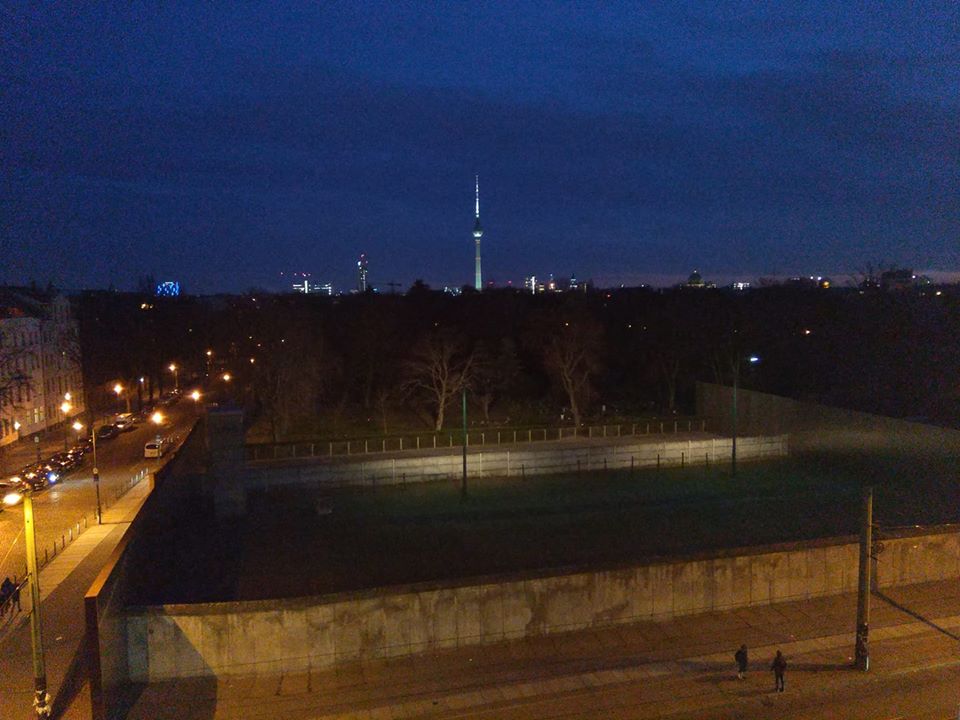
Tränenpalast/Palace of Tears
Another stop on our walking tour, this hall at Friedrichstraße train station was a border crossing point for civilians travelling between East and West by U or S trains. It got its name from the fact that this was a site for goodbyes, where people didn’t know if they would ever see their family members again – would visitor visas even be issued again next year, or in the years after that? Today it is another small, free-to-enter museum with some great artifacts and video footage around the guarding of the border and the fall of the Berlin Wall in 1989.
Various U-bahn and S-bahn stations
I noticed on my way around Berlin that many of the metro stations for both the U and S trains contain information boards about the history of the area. When we headed up to Bernauer Straße, we alighted the S-bahn at Nordbahnhof, where we found a small exhibition about the “ghost stations” of divided Berlin, of which this was one. With the way that the city had been split, some train routes from one part of West Berlin to the other passed through East Berlin, and so these stations in the Eastern sector were closed, bricked up, disguised from the outside as other things, and patrolled by border guards, conscious that this was a possible escape route. West Berliners on their way to work or home would pass through these eerie “ghost stations” on their trains.
Berliner Fernsehturm – the TV Tower
A well-known landmark on the Berlin skyline, a lot of people don’t care much for the TV tower, but I actually really liked this very Soviet-looking reminder of East Berlin, and took a whole load of photos of it! It was built by the DDR in the late 1960s, and its design was based on Sputnik 1, the Soviet satellite. It would have been very easily visible over in the Western part of the city, and it was intended to be a symbol of DDR power. Apparently there is an observation tower and restaurant up there today, which you can book in advance to visit, but I didn’t look into it.


Plus, a couple of spots that I ran out of time to visit…
The DDR Museum
I would have liked to have visited this museum, which showcases life in the DDR and East Berlin, but the queue when I arrived there at 4pm on my final day in the city was just too long. It looks like tickets can be bought in advance online, so I would recommend taking this route if you want to go.
Glienicke Bridge
I ran out of time to get out to the so-called Bridge of Spies (made famous by the Tom Hanks movie of the same name), which sits outside of Berlin, on the way to Potsdam, but I would like to go next time. During the time of the Cold War, this was a military crossing which was used for the exchange of captured spies between the US and the Soviet Union.
If you’re interested in learning more about the Berlin Wall, divided Germany and its role and experiences in the Cold War, then I would highly recommend all of the sites that I visited, as well as the walking tour. Even as someone who knew a lot about this area of history already, I learnt a lot, and I felt that I was able to get some kind of a sense of what life in East Berlin was like.
Enjoyed this post? Pin it for later!

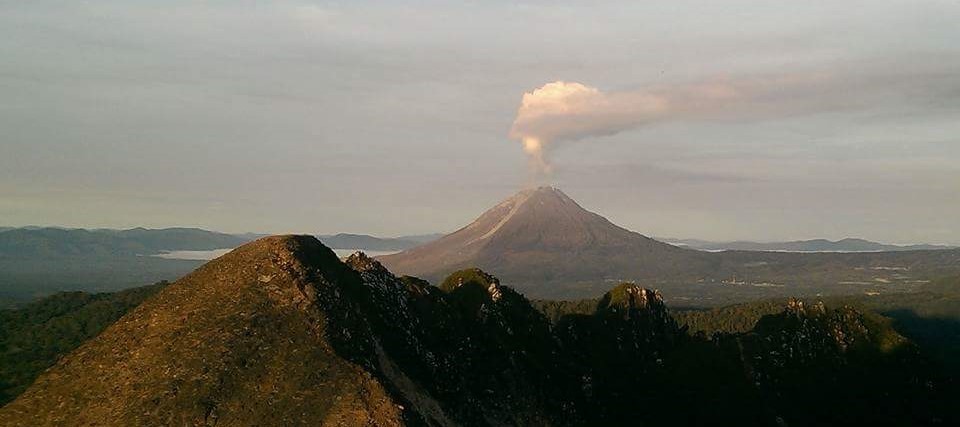



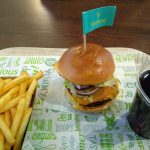



Pingback: A few vegan spots for solo travellers in Berlin, Germany - The Imagination Trail
Such a fascinating history. I’m looking forward to getting to Berlin soon to see this important part of history.
What a great post. I think it is so important for us to remember the past and visiting sights like these are a great way of remember and seeing the horror of the war.
Oh yaaaas I love posts like this! I love deep diving into an area’s history! I can’t wait to visit Germany and experience this first hand! Germany has such a complex history!
It brought sadness whenever war is related. Just focus on the lessons learned. A very informative article!
Berlin is such a fascinating city! Learning about its divided history is really interesting and I think the attractions do a really good job of acknowledging the history and presenting it in a sensitive way. We found the Wall Memorial really interesting and sobering. The view from the top of the structure was really impressive. Thanks for the great guide, you’ve got me itching to go back to Berlin now!
Hannah | https://getlost.blog/
I love Berlin and it’s infinitely fascinating. Really interesting post 🙂